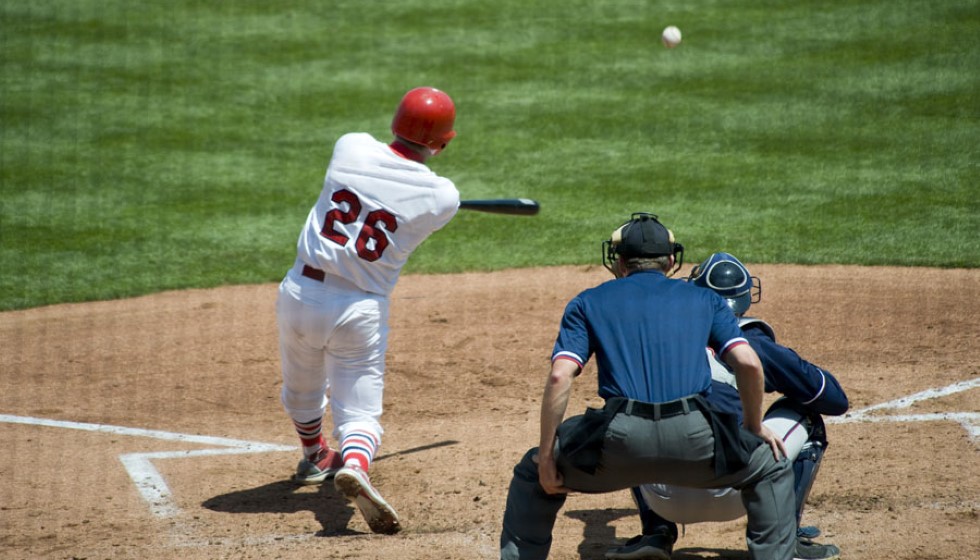
In a momentous shift that could forever change the landscape of Major League Baseball (MLB), the integration of an automated strike zone system (ABS) seems increasingly imminent. MLB commissioner Rob Manfred has subtly hinted at this direction, underscoring the transformative potential of this technology.
Testing and Implementation
Currently undergoing rigorous testing at various minor league levels, including Triple-A, the ABS system aims to enhance the precision of calling balls and strikes. The technology's accuracy is touted to be within a hundredth of an inch, promising a level of consistency and objectivity unseen in human officiating.
The true test for ABS will occur during spring training, where its efficacy and reliability will be scrutinized thoroughly. The league aims to iron out any kinks before making it an integral part of the game. Rob Manfred emphasized, "One thing we learned with the changes last year is, a little more time is better than not enough time. Just in terms of making sure when you bring something to the big leagues, you've got to make sure you got it right."
The Challenge System
In a bid to balance technology with tradition, the proposed ABS system includes a challenge component. Teams will be allowed to contest pitches, albeit with a limit of three challenges per game. This element injects a strategic layer to the game, offering managers a chance to overturn contentious calls without completely sidelining the role of human umpires.
Manfred, acknowledging the crucial role of player feedback, noted, "We have listened – me, in particular, and I've carried a lot of this water with the owners – to player input on how they want to see it rolled out. Our focus, obviously, the second half of this year, is on the challenge system, and that is almost 100% based on player feedback."
Global Adoption
ABS is not just a North American phenomenon. The Korea Baseball Organization (KBO) has already implemented the system this season, observing notable changes in game dynamics. For instance, the league's On-base Plus Slugging (OPS) has risen from .712 last year to .766 this year, a stat that may correlate with the precise and consistent strike zone enforced by ABS.
Lessons from the Minors
ABS's deployment in the minor leagues has offered valuable insights. Initially, the system led to an uptick in both strikeout and walk rates, a probable reflection of the players' adaptation period to the new strike zone consistency. Over time, however, these rates stabilized, showcasing ABS's capacity for creating a fairer and more predictable game environment.
Several current major league players, who experienced ABS during their stints in the minors or rehab assignments, may find themselves better prepared for its full-scale adoption in the big leagues. Their firsthand experiences can serve as a vital resource for teammates and coaches navigating this technological transition.
Looking Ahead to 2025
The MLB is eyeing 2025 for the trial phase of ABS in the major leagues, a development that signifies a potential paradigm shift in baseball officiating. "We have made material progress; the technology is good to 100th of an inch; the technology in terms of the path of the ball is pluperfect, number one," Manfred stated, underscoring the league's commitment to technological excellence.
This comprehensive testing and phased implementation approach demonstrates MLB's cautious optimism towards ABS. The balance between technological integration and preserving the game's human elements marks a significant evolution in how baseball is played and officiated.
As the ABS system inches closer to becoming a staple in MLB, the league's commitment to precision, fairness, and player feedback highlights a forward-thinking approach. If the trailblazing steps taken by the KBO and minor leagues are any indication, Major League Baseball is poised for a future where technology enhances the game's integrity and enjoyment.